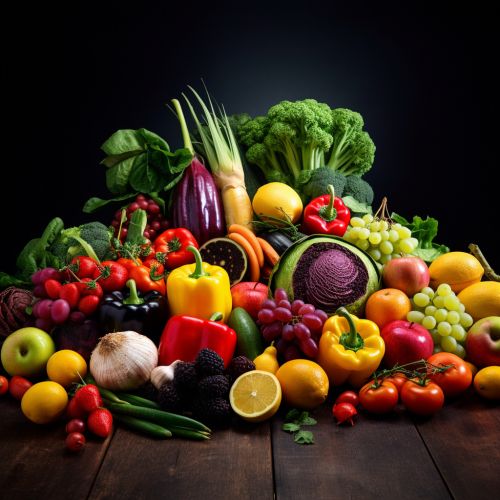Antioxidant
Overview
Antioxidants are molecules that can prevent the oxidation of other molecules. Oxidation is a chemical reaction that can produce free radicals, leading to chain reactions that may damage cells. Antioxidants terminate these chain reactions by removing free radical intermediates and inhibit other oxidation reactions by being oxidized themselves.
Classification
Antioxidants can be classified into two broad divisions, depending on whether they are soluble in water (hydrophilic) or in lipids (hydrophobic). In general, water-soluble antioxidants react with oxidants in the cell cytosol and the blood plasma, while lipid-soluble antioxidants protect cell membranes from lipid peroxidation.


Hydrophilic Antioxidants
These antioxidants are mainly located in the cytosol and also in the blood plasma. Examples of hydrophilic antioxidants include ascorbic acid, glutathione, and uric acid.
Hydrophobic Antioxidants
These are located in cell membranes. Examples of hydrophobic antioxidants include carotenoids and vitamin E.
Mechanism of Action
Antioxidants act as radical scavenger, hydrogen donor, electron donor, peroxide decomposer, singlet oxygen quencher, enzyme inhibitor, synergist, and metal-chelating agents.
Health Effects
There is a general consensus that a diet rich in antioxidants obtained from fruits and vegetables is health-promoting. However, the effectiveness of antioxidant supplements in preventing diseases is a topic of ongoing debate.
Antioxidants in Food
Many foods are rich sources of antioxidants, including fruits, vegetables, nuts, and whole grains. Antioxidants can also be found in certain types of meat, poultry, and fish.
